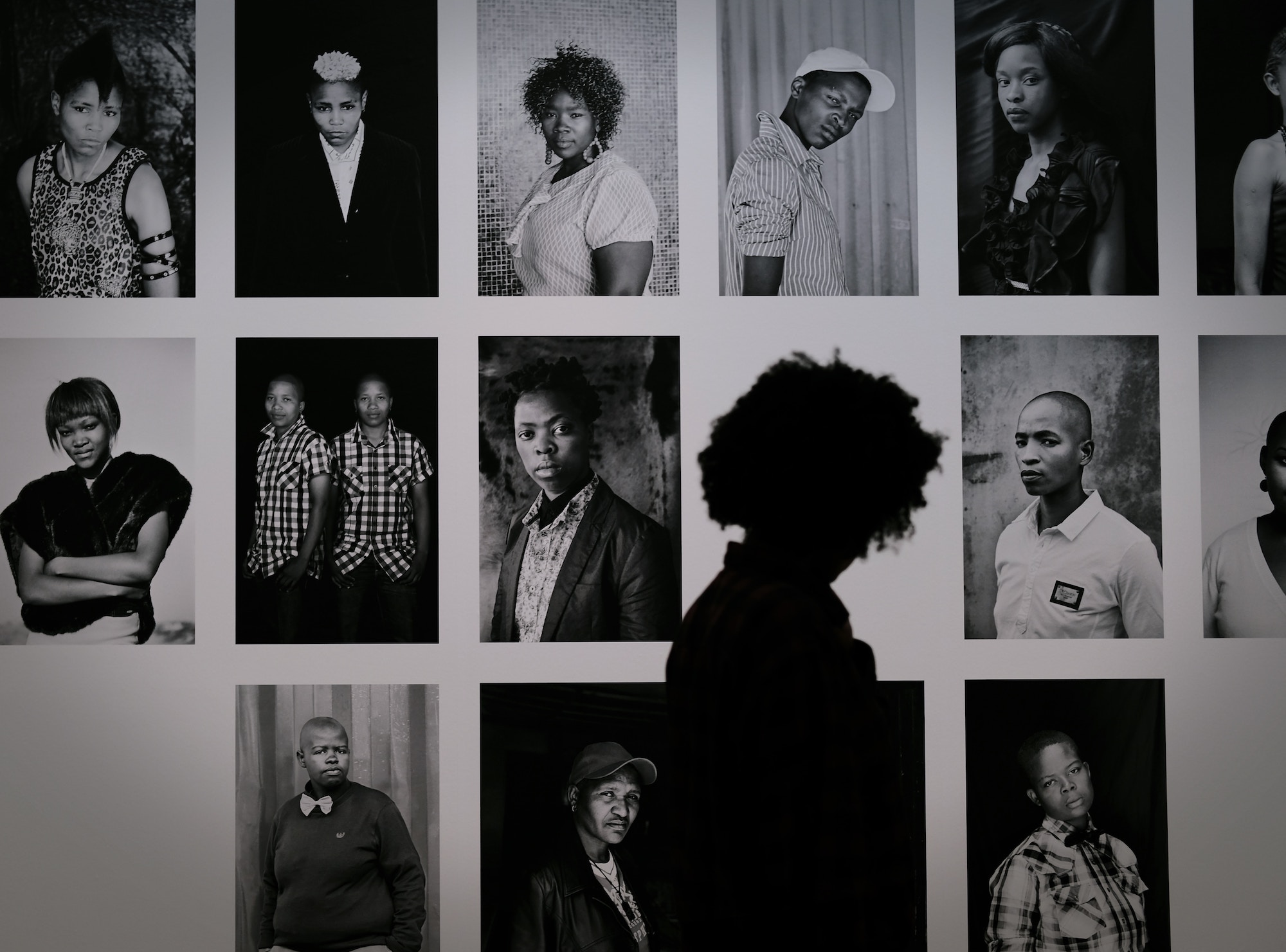Launched one year ago on March 20, 2020, Artura.org is the world’s first free online database of culturally diverse artwork by contemporary artists of diverse heritages accompanied by informative archival materials and illuminating educational resources. Artura.org provides educators, curators, museum and gallery professionals, and independent scholars and researchers an impactful tool for building multicultural awareness and a more diverse, inclusive, and equitable society through the visual arts.
Now in its beta-phase of development, the Artura.org website is being shared and supported by professional development sessions in universities and school districts across the country. Currently, K-12 schools in Philadelphia, the Chicago metro area, and Oakland, California are planning the integration of Artura.org in their classroom instruction.
Artura.org was conceived by Brandywine Workshop and Archives, a diversity-driven nonprofit founded in Philadelphia in 1972. In addition to managing Artura.org’s operations, BWA’s collection comprises the majority of works currently featured on the website. BWA was the first of many contemporary art organizations represented through Artura.org. Organizations that have joined BWA in this groundbreaking initiative include the Robert Blackburn Printmaking Workshop and Hatch-Billops Collection, New York City; Self Help Graphics & Art, Los Angeles; Sam Coronado Studio/Serie Project, Austin, TX; and Taller Experimental de Gráfica de Habana (Experimental Print Workshop of Havana), Cuba. When the collections of these partnering organizations are fully uploaded on Artura.org within the next two years, the website will present more than 2,200 images of original artworks by close to 750 artists
What is the Artura.org database?
Artura.org is a modern relational database of contemporary art by diverse artists that invites users to browse, filter, search, and explore information through themes and relationships. Its offerings, features, and functions include:
Virtual exhibitions
- Sortable collections
- Intuitive research
- Artist profiles
- Artwork descriptions
- Universally clickable metadata
- Browsing by the following dimensions:
Artist name
Gender identity
Nationality
Heritage
Professional relationship to other artists
Theme, subject matter, and topical tag
Why does Artura.org matter?
Among the heritages well-represented at Artura.org are African American, African, and African Diaspora; Asian American, Asian, and Asian Diaspora; Latinx people in the U.S. with roots in South and Central America and the Caribbean; and White Americans and White Europeans from England, France, Italy, Lithuania, and Russia.
The outward reach and intellectual and professional breadth of Artura.org are expanded further through BWA’s growing network of Satellite Collections—now numbering 16 located at universities, art museums, and heritage centers across the U.S.—and the virtual Institute for Inclusion, Diversity, and Equity in Education and the Arts (IIDEEA). IIDEEA is a national support and advisory group composed of professionals in higher education, museums, and technology who seek to advance multiculturalism through the visual arts, museum practices, and education.
Our key partner and collaborator
Our organizational and development capacity is strengthened by an ongoing partnership with Drexel University in Philadelphia. Drexel’s Lenfest Center for Cultural Partnership, Arts Administration and Museum Leadership Program, School of Education, and Center for Expressive and Creative Interaction Technologies (ExCITe Center)—all share faculty and student resources and jointly explore funding.
In addition to all of the above, the following attributes make Artura.org unique and highly meaningful during the current period of reckoning with social and racial injustice:
• Artura.org has an overarching commitment to presenting authentic expressions and explorations of cultural heritage, experience, and artistic intent—the focus is on how diverse individuals and communities understand and express themselves rather than how they are perceived by the external “mainstream” society.
• Information accompanying works of art on Artura.org—including artist biographies and artwork descriptions—is written by the artists themselves or developed by the artists in collaboration with Artura.org staff.
• Over 1,400 of Artura.org’s featured artworks are original prints created at BWA by artists-in-residence.
• An estimated 95% of works of art in American museums originated in the private collections of an overwhelmingly White and affluent donor class. Thus, these public collections reflect the particular tastes and interests of a small segment of the population. Unlike museum collections, Artura.org’s holdings were not and will not be shaped by a restricted donor class: Artura.org’s art comes from artists and artmaking organizations operating in disadvantaged communities of color.
• Artura.org users may search for artists and art by the artists self-identified heritage or intersectional heritages, which incorporate and reflect but are not confined to current understandings of—or complications surrounding—race, ethnicity, nationality, citizenship status, religion, sexual orientation, and gender identity.
• Artura’s educational resources and programmatic offerings are developed and reviewed by a team of college and university professors, school curriculum specialists, and museum professionals, many of whom represent traditionally underserved or otherwise marginalized communities.
For more information visit www.artura.org, take a tour and, if you find it useful, register to receive newsletters and updates. The Artura.org Teacher Guide is available for free download. If you wish to add photographs, you may use those attached.
